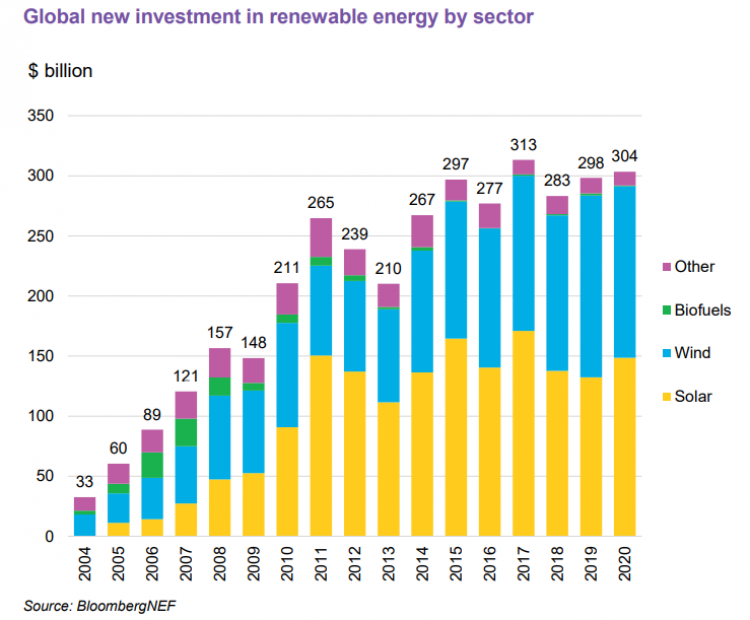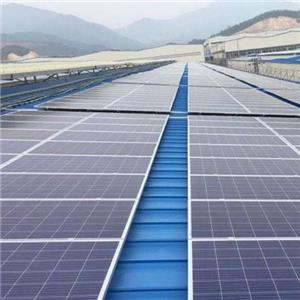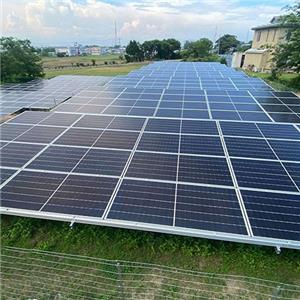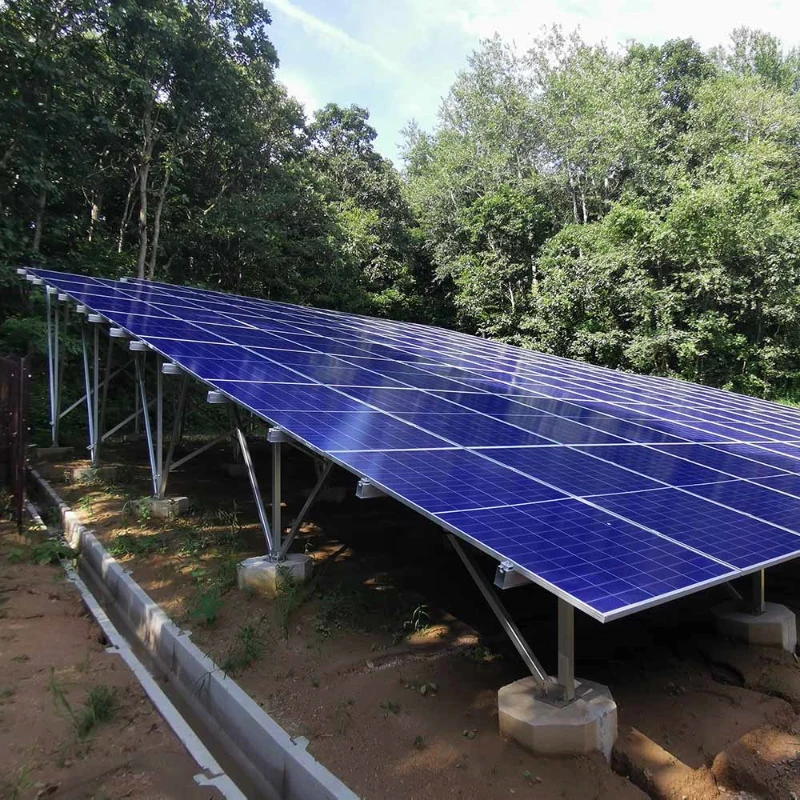BNEF: Up to 194GW of solar could be installed in 2021 as investments soar

Bloomberg NEF's renewables investment by sector for 2020. Image: BNEF
As much as 194GW of solar PV could be installed globally this year, new projections by BloombergNEF have forecast, with the asset class leading a jump in energy transition investments throughout 2020.
Investments in solar rose by 12% year-on-year to US$148.6 billion despite the economic slowdown induced by COVID-19, a new report issued by BloombergNEF has stated.
The report goes on to claim that roughly half a trillion US dollars were pumped into renewables developer projects, systems and businesses last year as governments set out new targets to decarbonise energy systems. This was the first time investment into the energy transition has hit $500 billion, BloombergNEF said, with investment in renewables in particular rising by 2% year-on-year, it said, with the sector attracting US$303.5 billion in funding.
Governments and households spent a further US$139 billion on EVs and charging ports, representing a 28% rise compared with 2019. At the same time, investment in wind projects declined 6% to $142.7 billion, although this is largely due to a fall in onshore wind commitments, according to the report.
Confidence in the solar sector has appeared to rebound after investment in new capacity fell by 12% in the first six months of 2020 as the pandemic hit project financing and scheduled auctions.
BNEF predicts that more than 150GW of solar capacity will be installed by the end of the year, more than 13% higher than the research firm’s original estimate. However that projection rises to as high as 194GW, a figure which would represent a significant jump in annual solar PV deployment.
At the same time average module prices, which sat at around US$0.20 per Watt last year, could fall to US$0.18 in 2021.

BNEF's report showed that energy storage investment was driven by growth in Asia Pacific and American markets, while EMEA funding slowed down. Image: BNEF
Energy Storage holds steady
A total of US$3.6 billion was committed to energy storage projects in 2020, in-line with figures for 2019. This was driven by accelerated growth in the Americas, which saw “record investment” in energy storage last year at a rate of US$1.2 billion, although the report found a marked slowdown in investment in Europe, the Middle East and Africa, where funding stood at US$600 million.
The world’s largest battery storage system recently came online in California, while the 200MW/200MWh SPIC Huanghe New Energy Base project in Qinghai Province, China was also completed last year, helping to offset a slowdown in the wider energy storage sector’s growth last year, the report said. However, it is worth noting that some markets continued to see rapid growth in energy storage deployments. China deployed 533.3MW of new electrochemical energy storage projects in the first nine months of 2020, an increase of 157% compared to the previous year.
Jon Moore, chief executive of BNEF, said that although the COVID-19 held back progress on some projects, investment in wind and solar has remained robust, while spending on EVs exceeded expectations.
Moore said that policy ambition is “clearly rising as more countries and businesses commit to net-zero targets, and green stimulus programs are starting to make their presence felt.” Just over half (54%) of 2016 emissions are now under some form of net-zero commitment, he added, which “should drive increasing investment in the coming years.”

European countries drove the rate of growth for renewables capacity investment, according to the report. Image: BNEF
European markets drive growth
Although established markets like the US and China represented the lion’s share of renewables investment, BNEF’s data suggests that European nations, particularly Germany, the UK, France, the Netherlands and Spain, drove much of the growth in energy transition funding last year. Investment in European renewables rose 67% last year compared with 2019. Investment in renewables capacity also rose 52% in Europe to reach US$81.2 billion, its highest rate since 2012.
The figures were published during a week of discussions surrounding prudent energy policy-making and investment as part of the International Renewable Energy Agency’s 11th assembly, which noted the significant role the private financial sector has started to play in renewables deployment. Tomas Anker, Climate Ambassador and Prime Minister’s Climate Envoy for Denmark, told panellists at the virtual event on 19 January that pension funds in particular have become “serious partners” to the renewables sector in project investment. Danish pension funds had increased green investments by 56% over the course of last year to around US$8 billion, he said. Around 1GW of solar projects are now set to be developed by Better Energy in Denmark and Poland after the group secured both equity and long-term project financing from Danish fund Industriens Pension at the start of December.
However Tareq Emtairah, director of energy for the United Nations Industrial Development Organisation, noted that investors lacked interest in what he called “frontier markets”, which struggle with energy deficits.
“We don’t see enough investment in countries with need for more infrastructure,” he said, adding that private finance groups “need to build more capacity with local finance institutions” to grow the renewables sector in developing countries where energy infrastructure is already an issue.
Albert Cheung, head of analysis at BNEF, said that both renewable power generation and electric transport businesses benefitted from “heavy inflows” last year, but warned that they will be reliant on continued investment growth as costs fall.
“Technologies such as electric heat, CCS and hydrogen are only attracting a fraction of the investment they will need in the 2020s to help bring emissions under control,” he said. “We need to be talking about trillions per year if we are to meet climate goals.”
This news sourced from pv-tech.org




